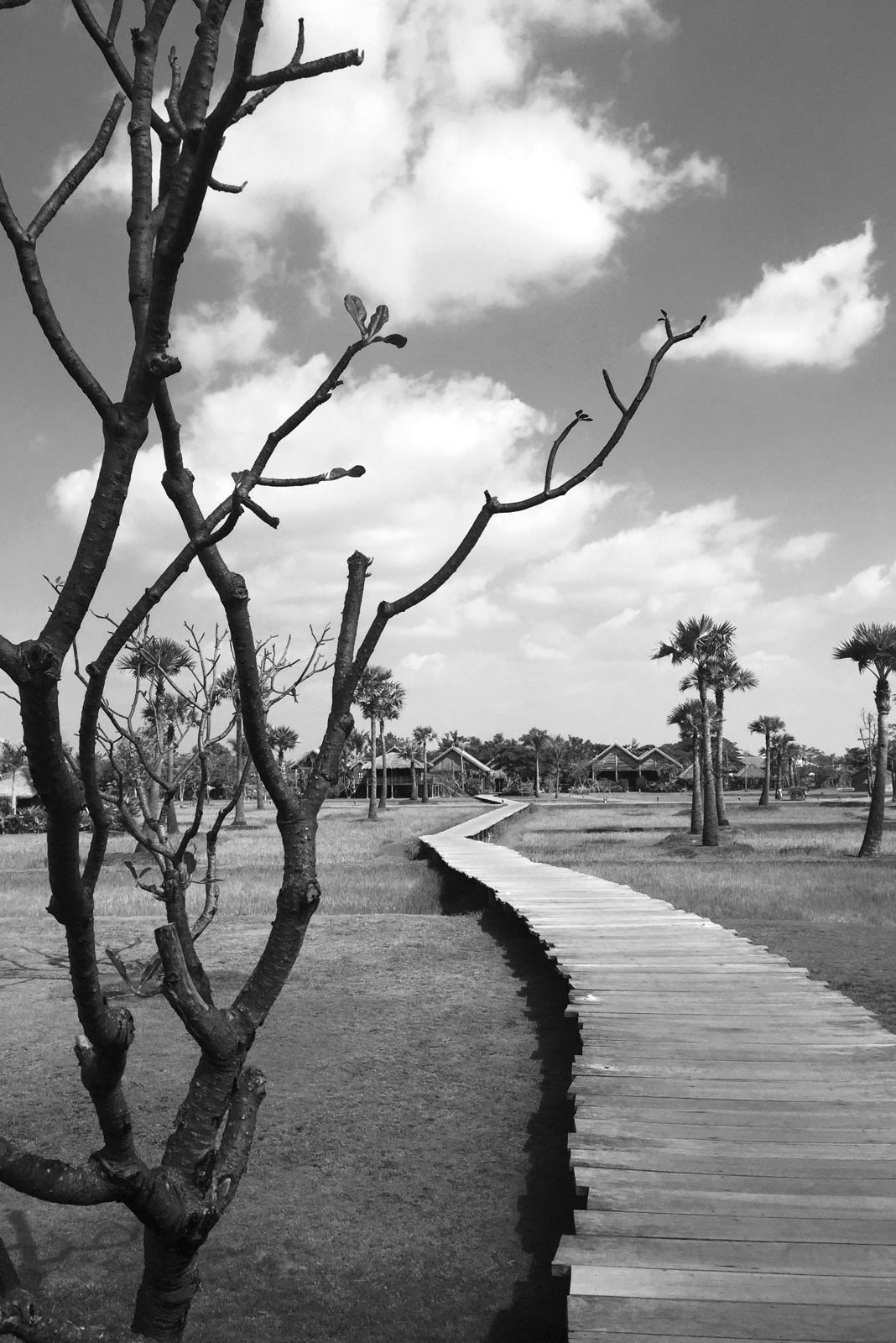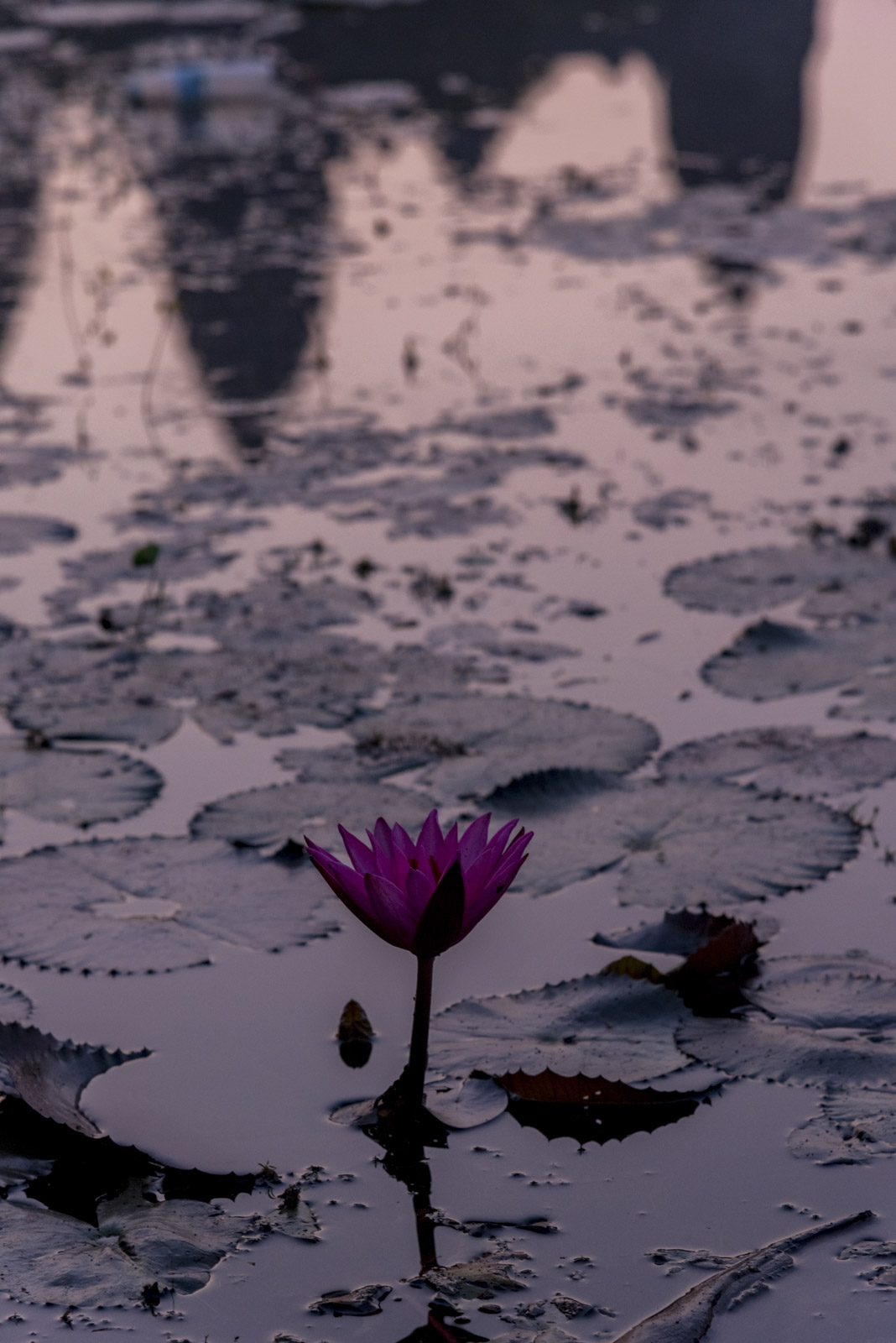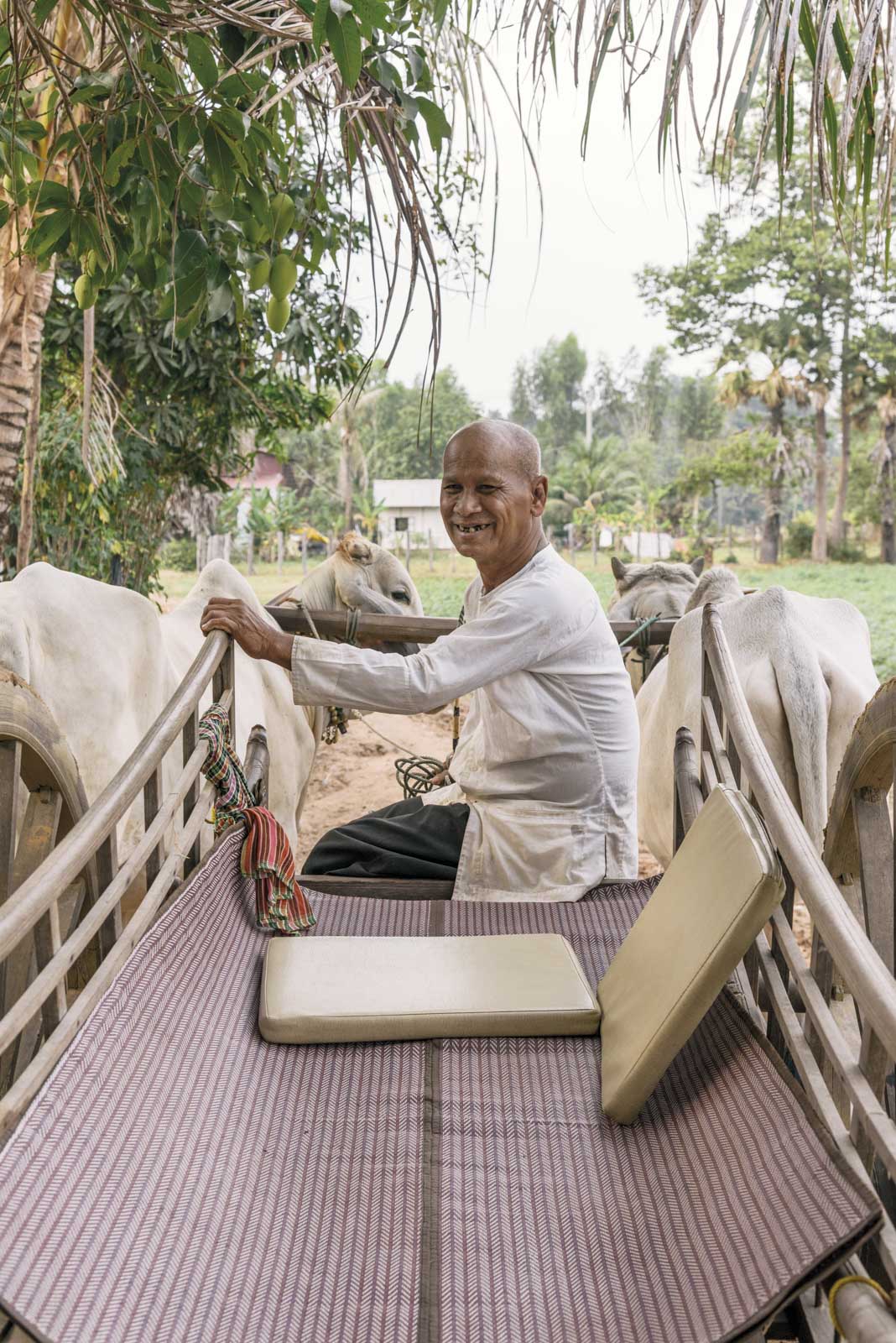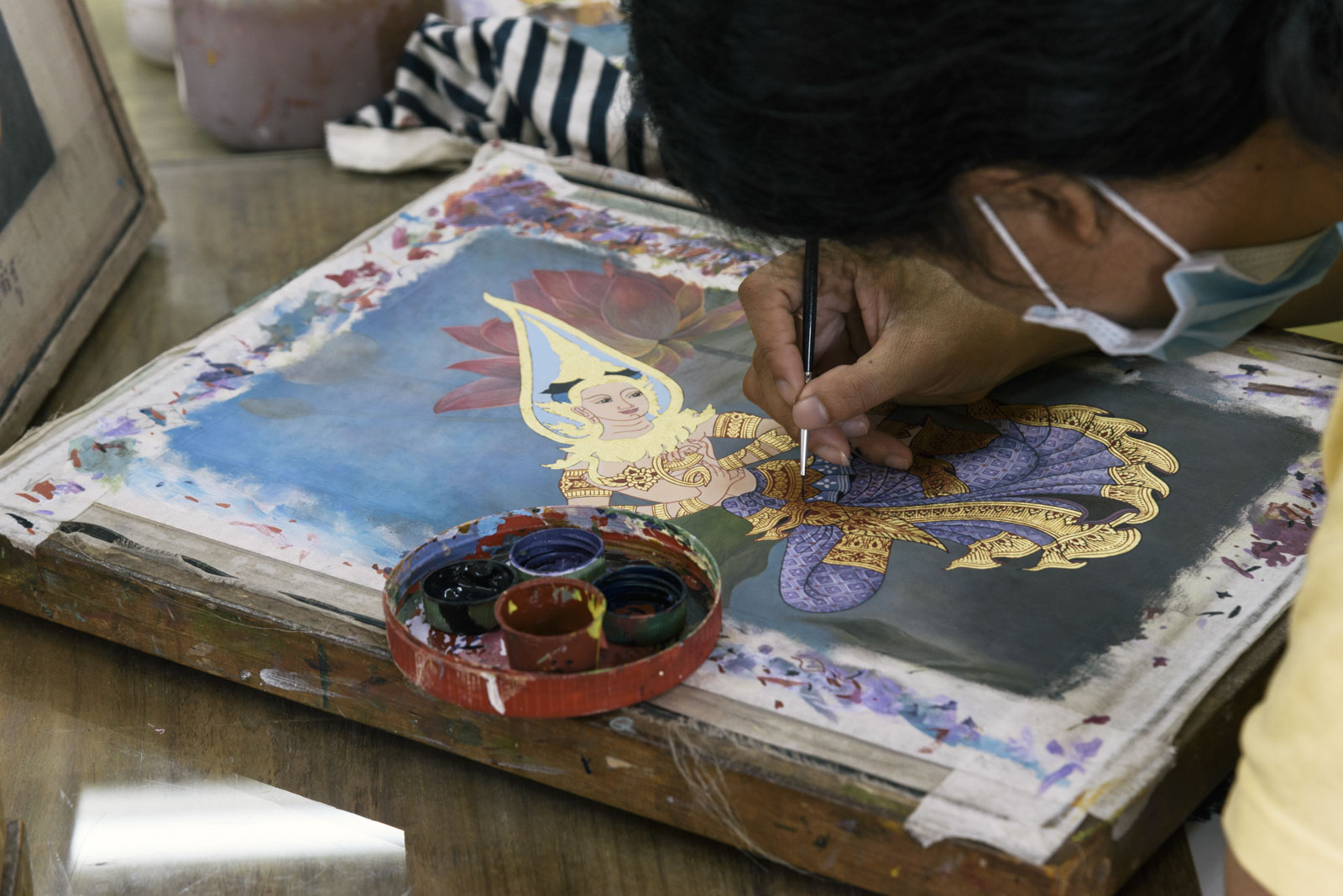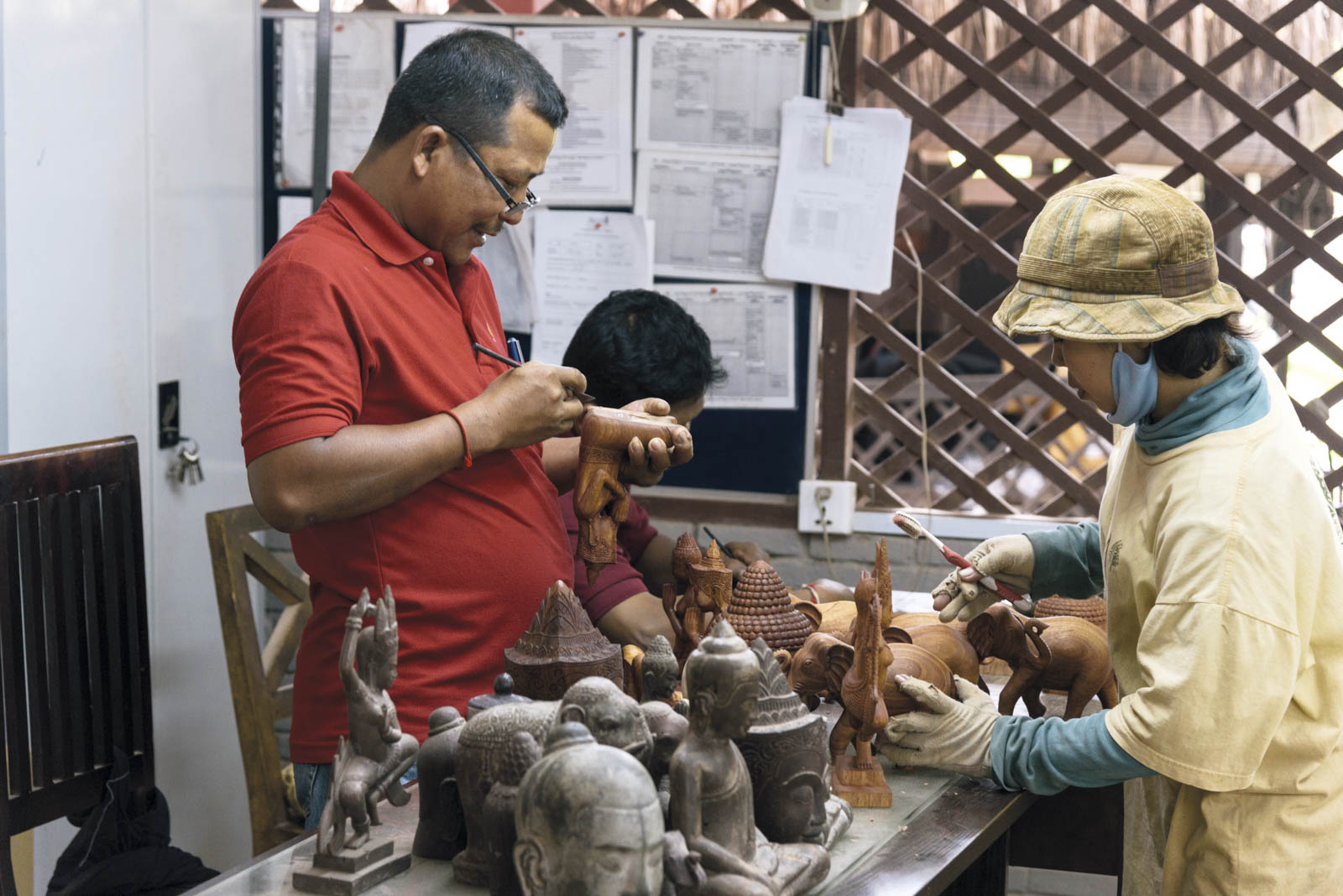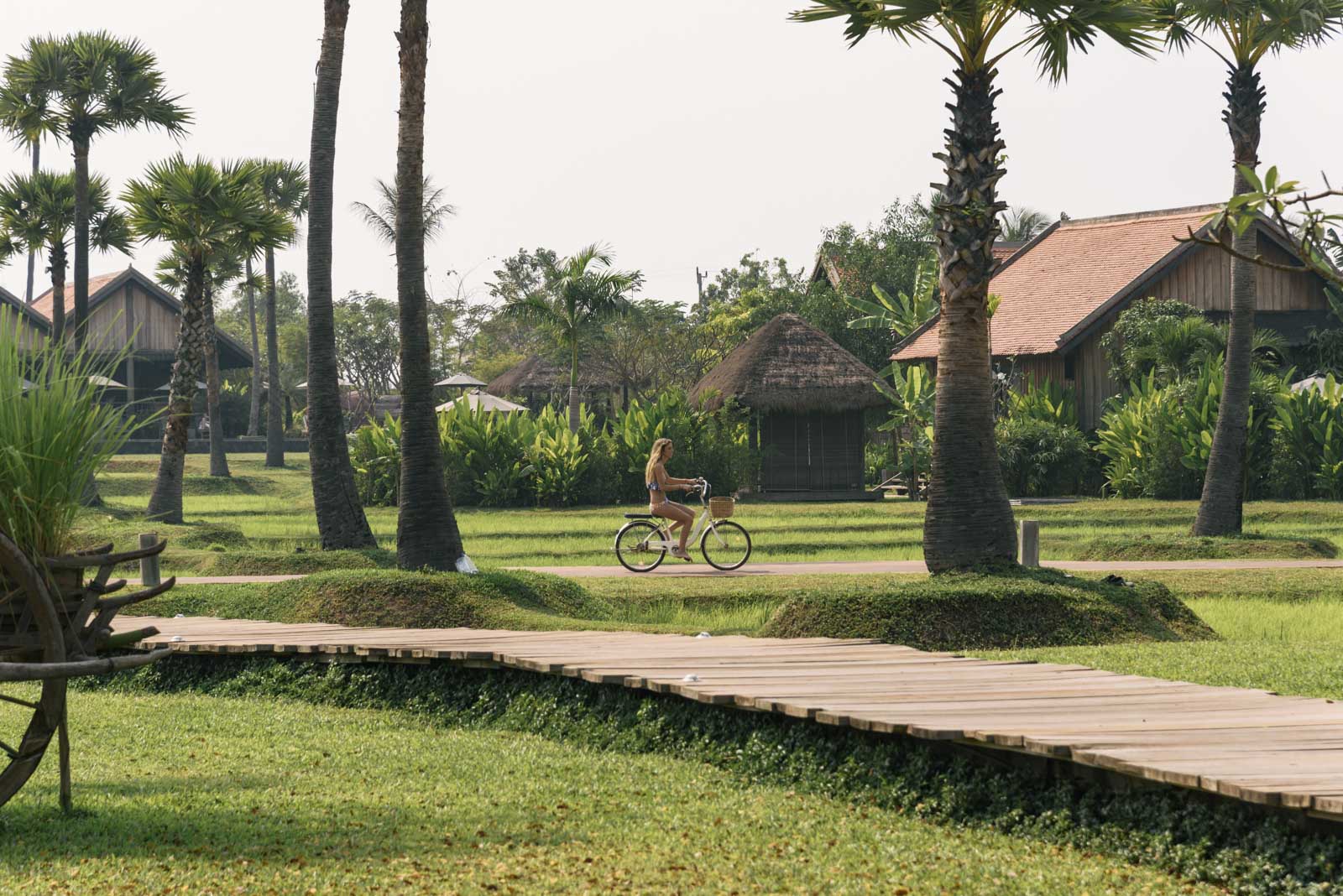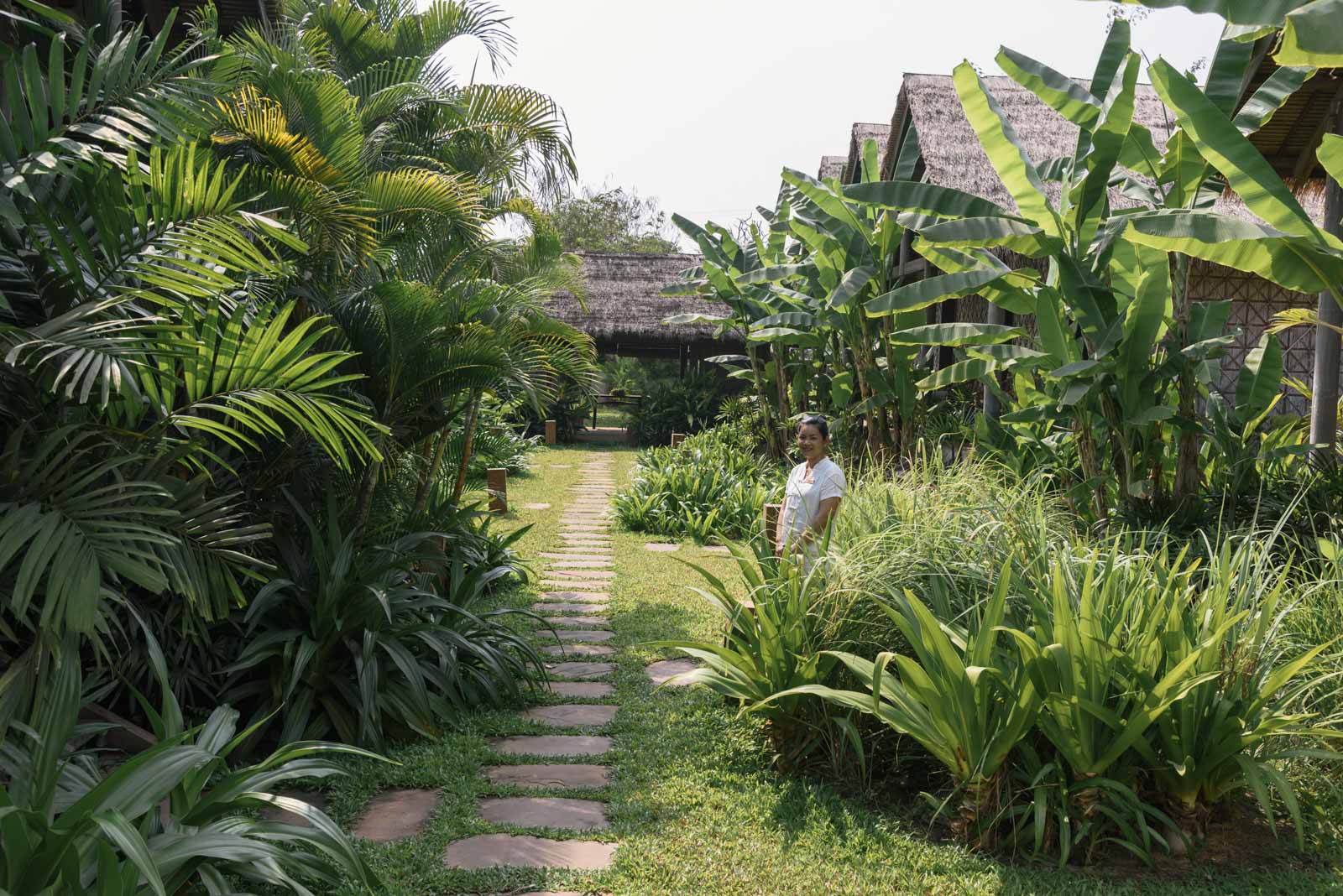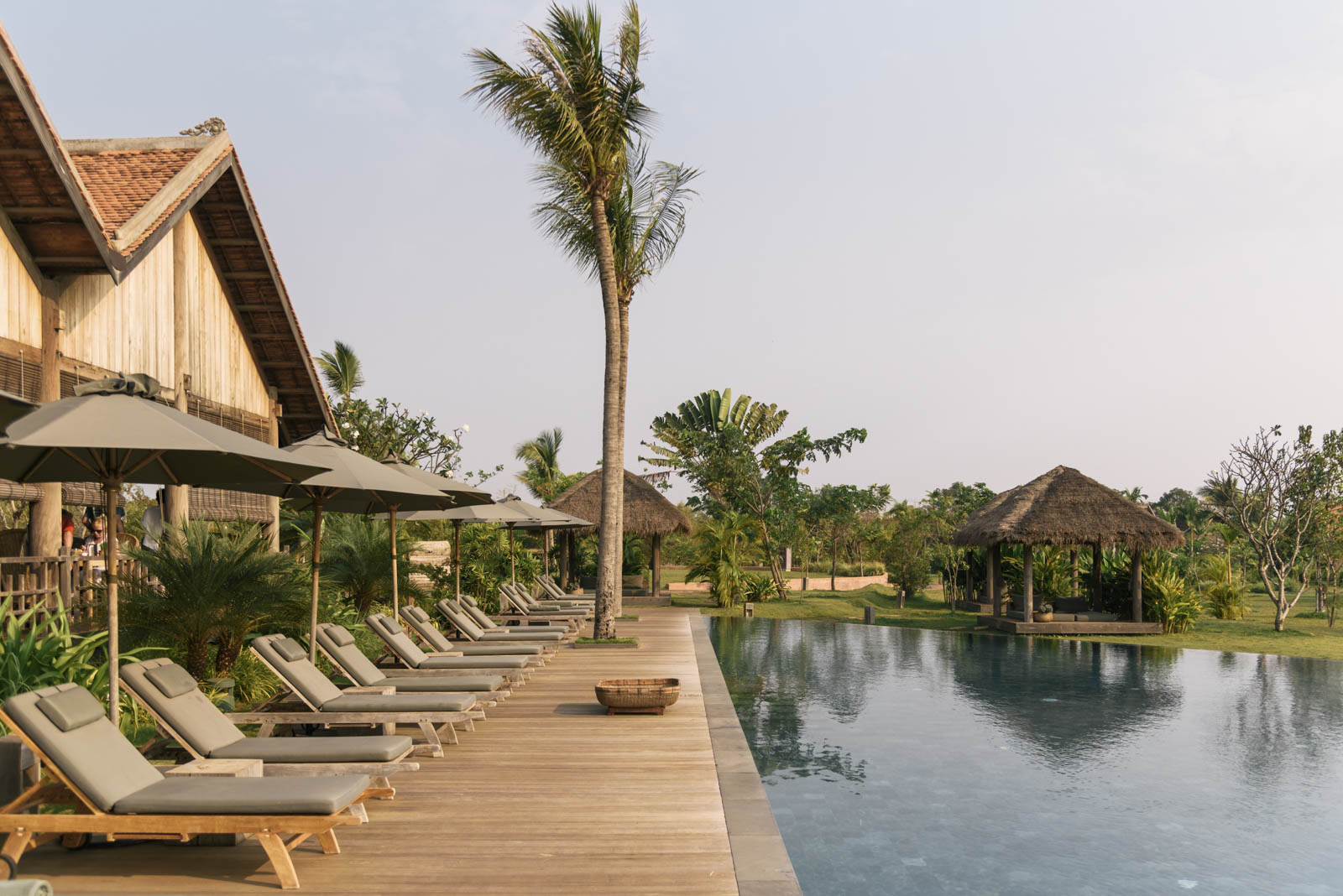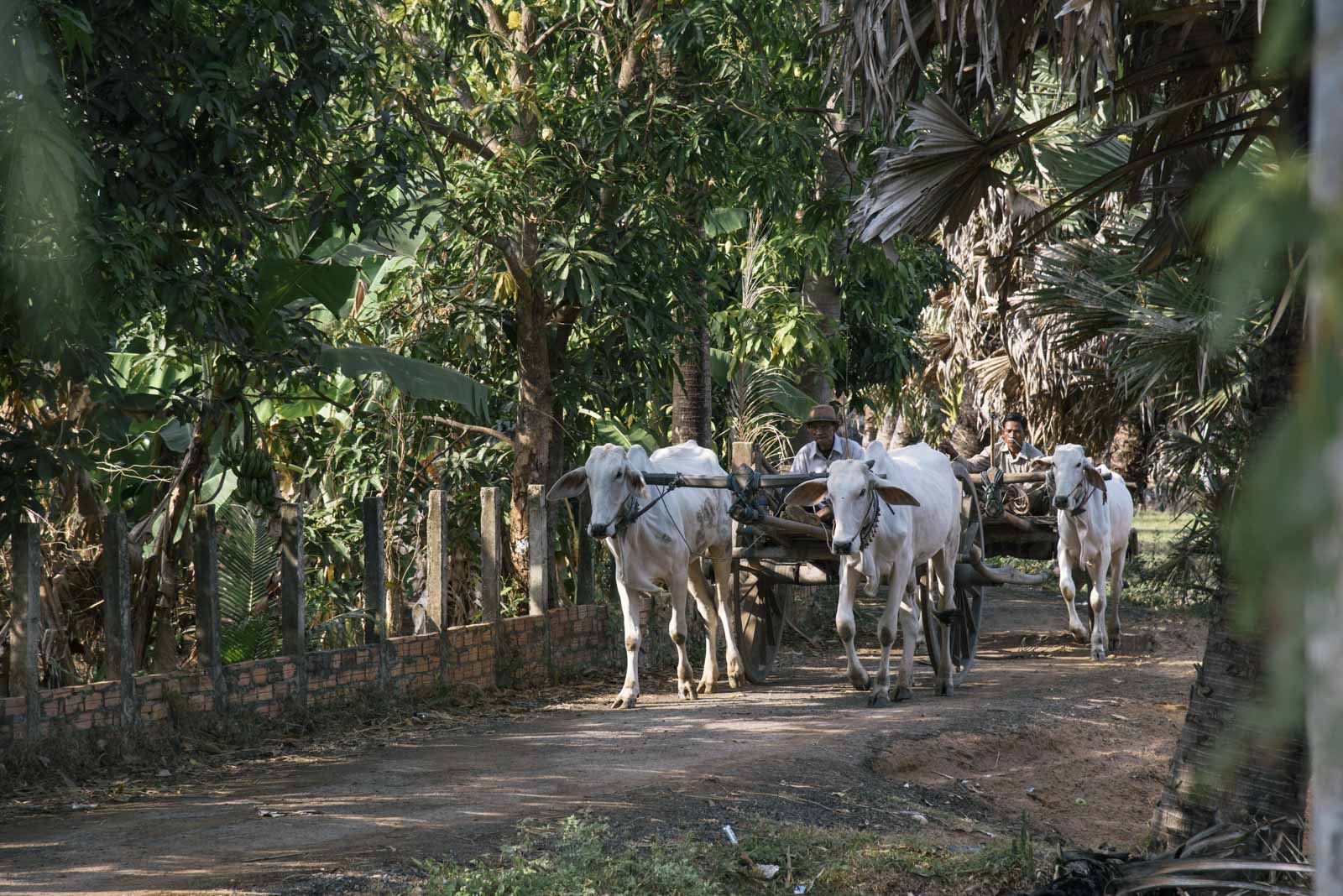The itinerary promised I’d get to see Siem Reap and the Angkor temples without the crowds. When I told friends and colleagues, they all made various verbal and non-verbal expressions of profound scepticism.
Some two million people visit Siem Reap every year; and people I met there thought the official figures vastly understated. If you had visited 25 years ago, as Cambodia began to open up to the outside world after two horrifying decades, you’d almost have had the place to yourself: annual tourist numbers were in the thousands. Now every backpacker in Asia visits, along with a cityful of tour buses.
But I did manage travel to Siem Reap like it was 1993. Here are the nine places I visited to do that.
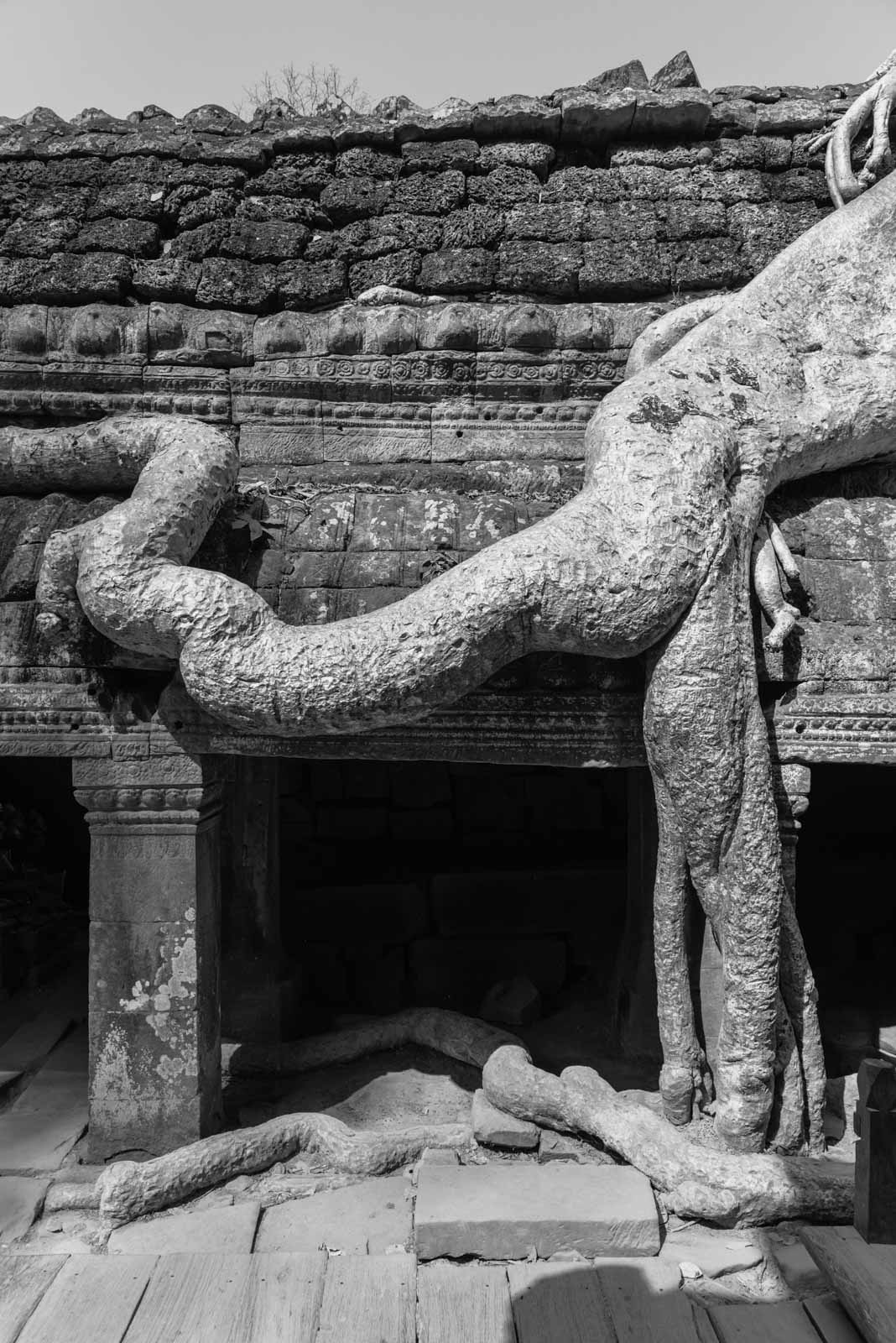
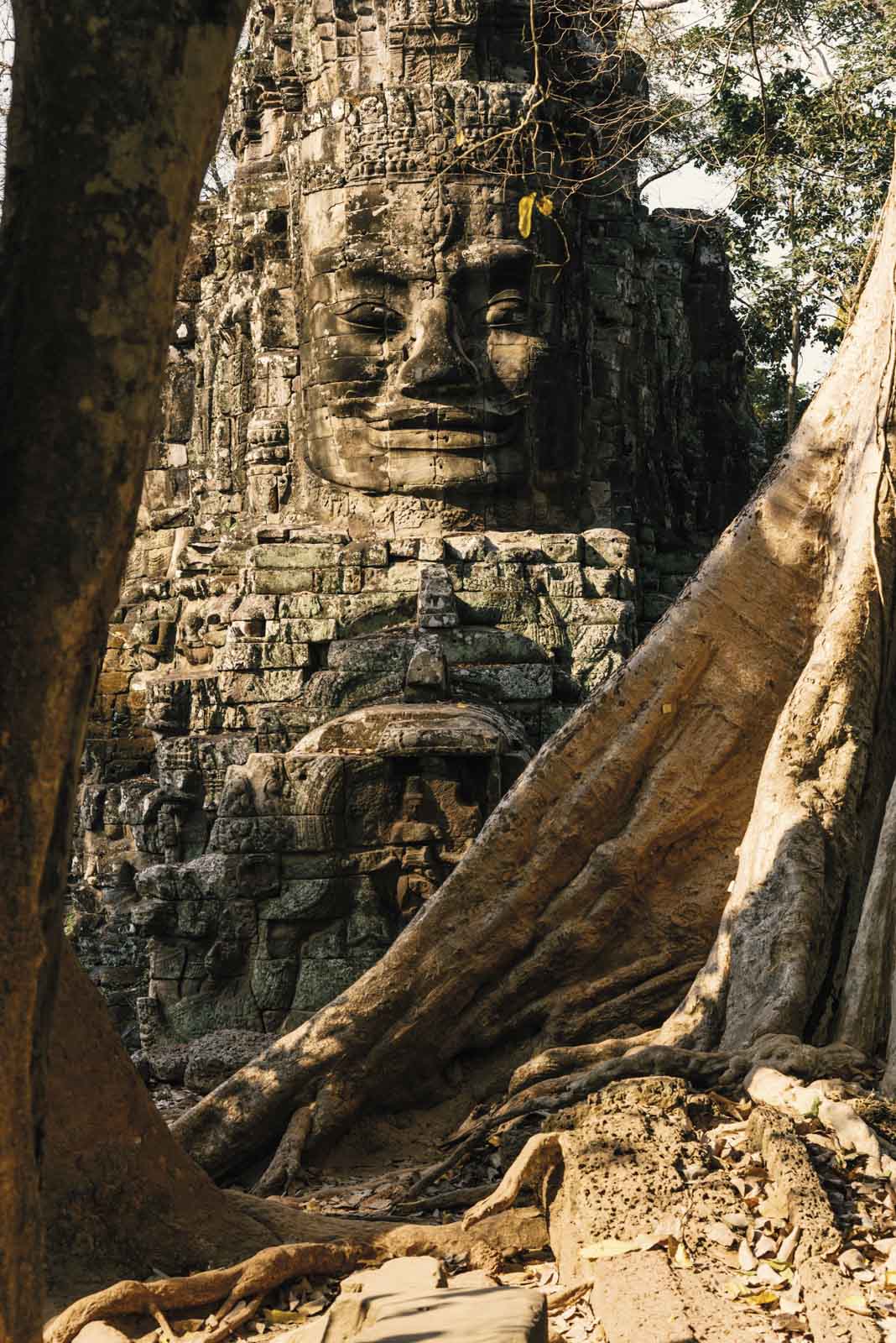

A WEBSITE
If we use a tour operator to put together these articles, we usually supply a link at the end of the piece. I’m putting About Asia
(aboutasiatravel.com) higher up because it was a section of its site called ‘Angkor without the crowds’ that first caught my eye. Over the days I spent with my guide, Pheakdey Sieng, it was uncanny how often we managed to leave just as the groups were arriving; and how much quality time I got to spend alone, even in Angkor Wat itself (see point nine). But there’s no mystery. He and his team spend hours studying footfall figures and tailor the trip accordingly: canny, not uncanny.
About Asia is in the ‘luxury’ category. But 100 per cent of the profits from that luxury experience go to supporting education for this still-struggling and troubled country.

A PADDY FIELD WEST OF THE CITY
The first part of the plan worked well by avoiding Angkor Wat altogether.
Phum Baitang (zannierhotels.com/phumbaitang) isn’t in the thick of things. It lies a few kilometres west of Siem Reap, set in three hectares of working paddy fields (and the rice it produces is the finest I’ve tasted outside Japan). Oxen roam the paddies and lemongrass meadows, and if it weren’t for the guests coasting along the raised wooden walkways on their bikes between spa, restaurant and luxe rooms, then sipping cocktails at sunset, you really could imagine yourself in a rural Cambodian village. Until you visit the real thing…
Gary Ng

A SANDY PATH IN THE COUNTRYSIDE
In the slow, hot country north of the airport, I picked up my ox cart. The two white oxen were waiting patiently, their large, floppy ears
twitching inquisitively in the softening late afternoon sun.
I climbed into the back and sat on a rattan matt as we trundled on ancient wooden wheels along the scrubby, sandy paths.
The neighbourhood houses were surrounded by a market garden of banana, cashew, jackfruit, coconut, orange, pomelo and lime. We met a grandmother in a faded ‘Burberry’ shirt, who spends her days weaving coloured birds from dried palm leaves and welcoming the occasional visitor with melon juice. The whole scene in the midst of these quiet and plentiful fields felt bucolic and timeless. Then we learned that she had lost two children to illness and malnutrition during the Khmer Rouge days. That shadow still falls upon these fields.

A DECKCHAIR IN THE GARDEN OF A TRADITIONAL VILLA
My cart took me to the huge West Baray reservoir. We sped across it
in a low fisherman’s motorboat. As I alighted, a man in a polo shirt gave me an ice-cold glass of champagne – not something most fishermen enjoy after a spell on the water.
And here was Kouk Tnout, a proper Angkor village: barefoot toddlers in football shorts and party dresses; people gossiping on plastic stools outside their wood and rattan-roofed huts; rice cakes on the griddle; a bar, sort of, with cheap whisky and mineral water on improvised shelves; a shop, kind of, with a glass cabinet randomly stuffed with trainers, flip-flops and socks.
We crossed the river and into the garden of the Villa Chandara (villachandara.com), a house rebuilt into an idyllic country restaurant run by About Asia. A trio playing roneat ek (a Khmer xylophone), khimm (a hammered dulcimer) and khloy (bamboo flute) were in the middle of a jam session. I parked myself on a wooden deckchair, watched the villagers coming back from the fields on their bikes with their oxen in tow and thought the world was all right after all.


TA NEI: THE BARK OF A TREE AND THE WALL OF A TEMPLE
Picture the Angkor temples and you see those huge castellated
terraces rising above the canopy. But the close-ups are just as eloquent. In the ruins of the Ta Nei jungle temple I took a shot of a strangler fig bark, scoured and lumpy like rough plasterwork, the aerated crust of the basalt walls and the faded ridges of the ornate carvings. History can be tactile, too.
The forest temples are the storybooks of Angkor and the frontispiece is that gothic image of rock-hard tree root tentacles clamped to carved temple walls. Maybe your story is a romantic poem about the futility of past empires or a Hollywood blockbuster about an aristocrat’s daughter on a fantastical adventure; maybe you’re Percy Shelley or Angelina Jolie, maybe it’s Ozymandias or Tomb Raider; or maybe you’re just a tourist lost in a forest – but the sight of those strangled walls makes you shiver.

A WORKSHOP ON STUNG THMEY STREET
There are lots of craft shops in Siem Reap, but not much of the ‘craft’
is made by Cambodians, let alone for them. A very honourable exception is Artisans Angkor (artisansdangkor.com). You can tour the airy, busy workshops where they create wonderful objects in silver, soapstone, lacquer, silk and wood. The store is a delight: the souks of Isfahan, Iran, aside, this is the best place I’ve ever spent my tourist dollars.
Gary Ng

A FACE AMONG THE TREES
You can always gauge how total a totalitarian ruler is by the number of images of themselves they like to plaster around the land. It’s as
true now as it was in the 12th century when Jayavarman VII had his physiognomy chiselled 216 times into the Bayon temple. Big King really is watching you.
There’s something cartoonlike about the place, with the macaques lounging around in the grass and dead leaves at the foot of the temple. The long frescoes of daily life, the fishing, the battles and courting are more affecting – like reading a daily newspaper rather than a government proclamation.
It’s a more sinister experience coming across Big J on the gate in the quiet south gate of Angkor Thom. (You thought you’d escaped him here in the forest and remote gullies. Think again.)

A LILY PAD ON A LAKE AT DUSK
There aren’t many boats on the moat of Angkor Thom at dusk. The oarsman points his carved mythical bird-headed prow to the west,
you accept an offer of a gin and tonic as you skim languidly through the lilypads, the dragonflies dancing in and out of the rays piercing the dark canopy of trees.
And finally…

A VERY FAMILIAR VIEW AT AN UNFAMILIAR TIME
It’s 4:45am and the sky is as black as my mood (I like my sleep). The
sounds of a wedding party that’s been going on all week are the only evidence of humanity as we gingerly enter the grounds of Angkor Wat. We stop at a spit of grass and sand, across the moat on the right side of the temple. Then, in twos and threes and sixes, other footsteps approach. The sleepy words of a dozen people make a kerfuffling babble, interrupted by the hopeful clicking of phones and the unfolding of tripods.
It’s still pitch black. I take one of those hopeful shots. In the centre of the frame, there’s a faint irregular line, like a crease in velvet. The crease becomes a line of trees set against a purpling background. The purples turn to pinks and blues and what you thought were conifers become the cone-like towers of Asia’s most celebrated temples. The lake in front now reflects the turrets and spiky palms: swallows and parakeets begin to swoop and caw.
And there, at last, are the lotus towers of Angkor Wat. In the hungover light, lined along the water’s edge is a haphazard crowd, like the tired aftermath of a music festival. On the other side of the bridge, it’s more like a stadium crowd – ranks upon ranks. There, at last, are all the people you haven’t seen all week.





